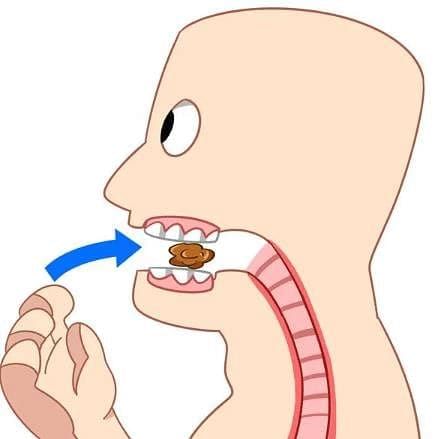OTET Exam > OTET Tests > Test: Nutrition in Animals - OTET MCQ
Test: Nutrition in Animals - OTET MCQ
Test Description
15 Questions MCQ Test - Test: Nutrition in Animals
Test: Nutrition in Animals for OTET 2025 is part of OTET preparation. The Test: Nutrition in Animals questions and answers have been prepared
according to the OTET exam syllabus.The Test: Nutrition in Animals MCQs are made for OTET 2025 Exam.
Find important definitions, questions, notes, meanings, examples, exercises, MCQs and online tests for Test: Nutrition in Animals below.
Solutions of Test: Nutrition in Animals questions in English are available as part of our course for OTET & Test: Nutrition in Animals solutions in
Hindi for OTET course.
Download more important topics, notes, lectures and mock test series for OTET Exam by signing up for free. Attempt Test: Nutrition in Animals | 15 questions in 15 minutes | Mock test for OTET preparation | Free important questions MCQ to study for OTET Exam | Download free PDF with solutions
Detailed Solution for Test: Nutrition in Animals - Question 1
Detailed Solution for Test: Nutrition in Animals - Question 2
Detailed Solution for Test: Nutrition in Animals - Question 3
Test: Nutrition in Animals - Question 4
What are the two different sets of teeth that humans have?
Detailed Solution for Test: Nutrition in Animals - Question 4
Test: Nutrition in Animals - Question 5
The stomach is a thick-walled bag that receives food from the food pipe at one end and opens into the ____ at the other.
Detailed Solution for Test: Nutrition in Animals - Question 5
Test: Nutrition in Animals - Question 6
What process allows digested food to pass into the blood vessels in the wall of the intestine?
Detailed Solution for Test: Nutrition in Animals - Question 6
Detailed Solution for Test: Nutrition in Animals - Question 7
Detailed Solution for Test: Nutrition in Animals - Question 8
Test: Nutrition in Animals - Question 9
Which part of the body is responsible for carrying food from the mouth to the stomach?
Detailed Solution for Test: Nutrition in Animals - Question 9
Detailed Solution for Test: Nutrition in Animals - Question 10
Test: Nutrition in Animals - Question 11
Amoeba obtains the food using a finger-like projection called _________.
Detailed Solution for Test: Nutrition in Animals - Question 11
Test: Nutrition in Animals - Question 12
Which of the following are the main steps of nutrition in humans?
Detailed Solution for Test: Nutrition in Animals - Question 12
Detailed Solution for Test: Nutrition in Animals - Question 13
Detailed Solution for Test: Nutrition in Animals - Question 14
Detailed Solution for Test: Nutrition in Animals - Question 15
Information about Test: Nutrition in Animals Page
In this test you can find the Exam questions for Test: Nutrition in Animals solved & explained in the simplest way possible.
Besides giving Questions and answers for Test: Nutrition in Animals, EduRev gives you an ample number of Online tests for practice
Download as PDF

















